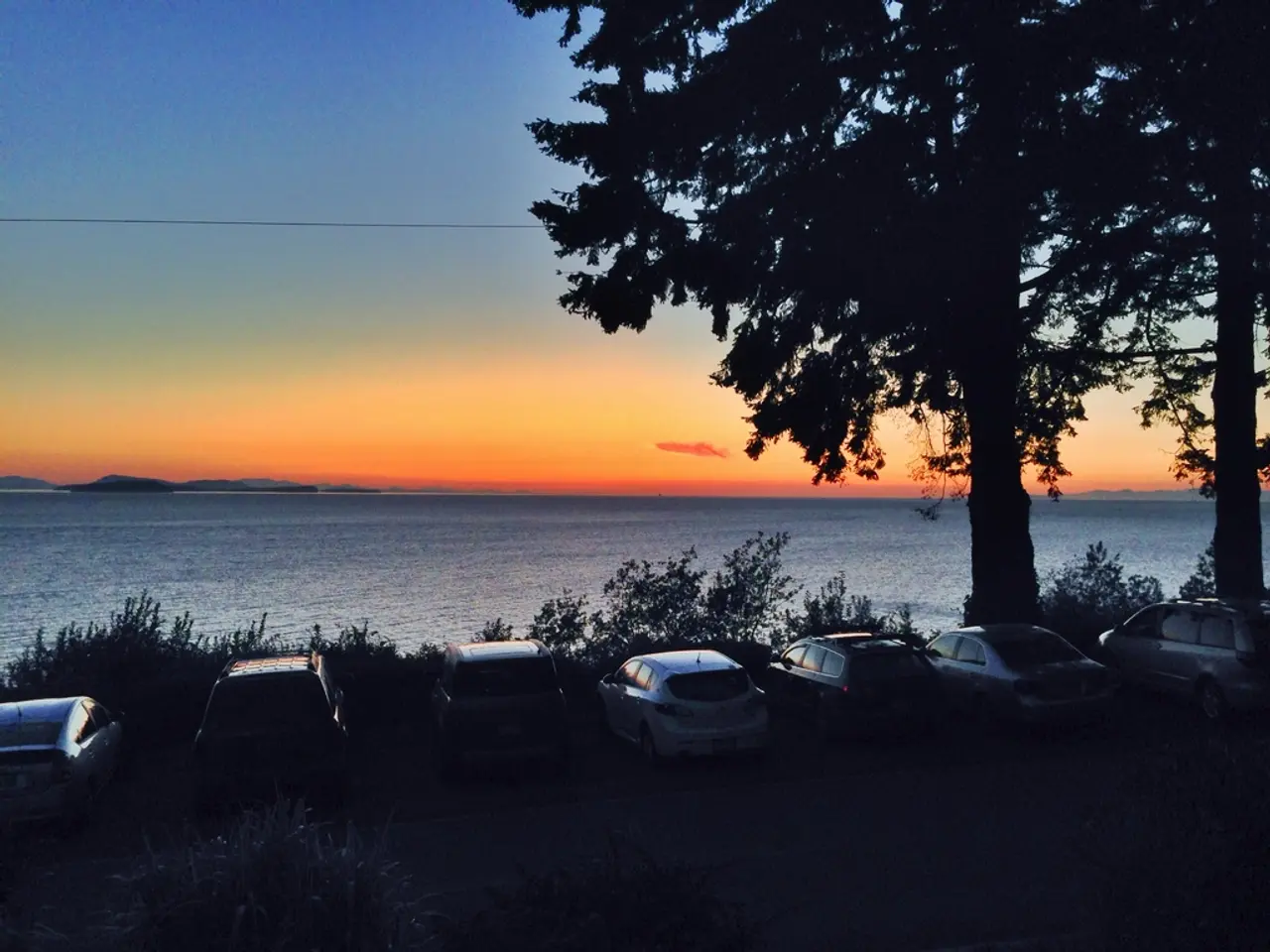For a bountiful garden, experts suggest the optimal moment to sow seeds.
Gardening enthusiasts, take note! The secret to a bountiful and vibrant garden lies in understanding the unique needs of cool-weather and warm-weather plants. Here's a guide to help you nurture your plants and create a thriving garden all year round.
Cool-Weather Plants
Cool-season crops thrive in well-drained, fertile soil. Adding mulch after planting helps retain soil moisture and moderate temperature, protecting seeds from drying or overheating. These plants require adequate sunlight but can tolerate less intense summer light. When direct sowing in hot conditions, shading the seeds or rows can help reduce soil temperature and moisture loss until seedlings emerge. Cool-season seeds generally need cooler soil temperatures to germinate well, often between 40°F to 70°F.
Consistent watering is crucial as dry soil at high temperatures kills seeds. Soaking seeds overnight before planting can speed germination and improve outcomes in warmer conditions. Some cool-weather crops, such as broccoli, cauliflower, cabbage, lettuce, benefit from being started indoors or in a cold frame/greenhouse, then transplanted outdoors after the last frost and once soil temperatures warm up.
Warm-Weather Plants
Warm-weather crops need well-prepared, fertile soil that stays moist but not waterlogged. These plants require full sun for strong growth and development. Seeds generally require warmer soil temperatures to germinate, often between 70°F and 85°F. It's important to plant warm-season crops after the last frost date when soil temperatures have sufficiently warmed. Overly hot soil (above ~90°F) can be harmful during direct sowing outdoors.
Seeds must be kept consistently moist but not saturated. Ample warmth is key for plant growth. Warm-weather plants like tomatoes, peppers, and basil should be planted six to eight weeks before the last frost. Experts recommend supplementing seedlings with light for days when natural sunlight isn't sufficient.
General Seeding Tips
Know your local last spring and first fall frost dates to correctly time planting so crops mature before frost damage. The depth of planting matters: seeds should be no deeper than three times their own diameter to ensure successful germination. Use mulch or light covers to moderate soil temperature and retain moisture after sowing outdoors. For difficult conditions (extreme heat or frost risk), consider starting seeds indoors or in protected environments (cold frames, greenhouses) and transplanting later. Proper spacing is important to prevent overcrowding and disease, and to allow adequate airflow and light for each seedling.
A well-draining seed mix allows excess water to quickly drain away, preventing the soil from becoming waterlogged. When planting in containers, fill them with soil about half from the top and gently pack them to remove air pockets. Skipping the step of using a well-draining seed mix can result in seedlings suffering from root rot and not germinating effectively due to excessive moisture. Many sites online offer tips on making your own seed-starting soil, or it can be purchased in any garden center.
Following a well-planned planting schedule can lead to strong plants, better yields, and vibrant gardens year-round. Happy gardening!
- To ensure a bountiful cool-weather garden, focus on planting seeds in well-drained, fertile soil that offers consistency in moisture and temperature.
- Adding mulch after planting can help retain soil moisture, moderate temperature, and protect seeds from drying or overheating.
- For many cool-weather crops, such as broccoli, cauliflower, cabbage, and lettuce, it's beneficial to start seeds indoors or in a cold frame/greenhouse before transplanting them outdoors once the soil temperatures have warmed and the last frost has passed.
- In contrast, warm-weather plants, like tomatoes, peppers, and basil, require well-prepared, fertile soil that stays consistently moist, full sun, and warmer soil temperatures for germination.
- When it comes to gardening lifestyle, be mindful of your local last spring and first fall frost dates to correctly time your planting, and remember to use a well-draining seed mix to promote healthy seedlings and a vibrant home-and-garden.





